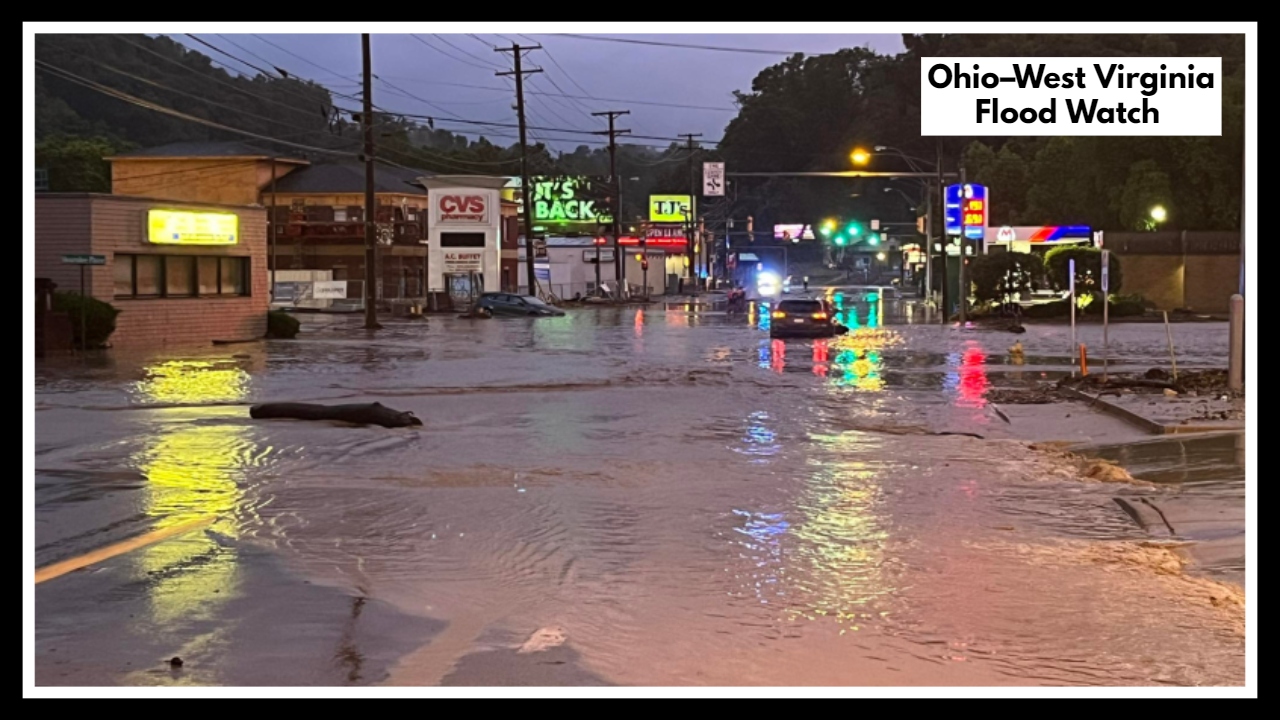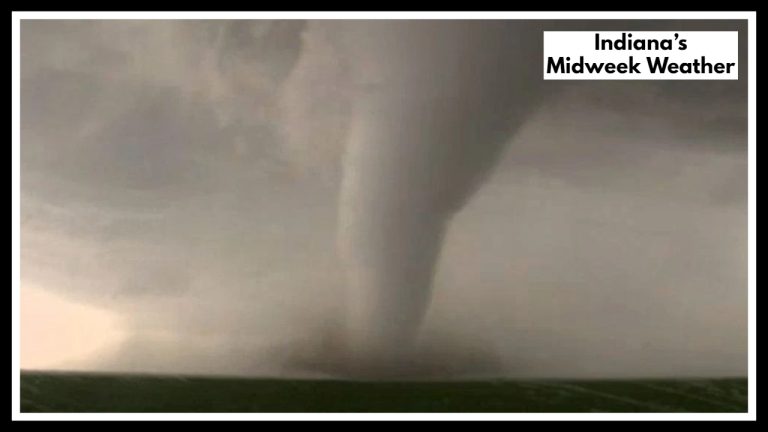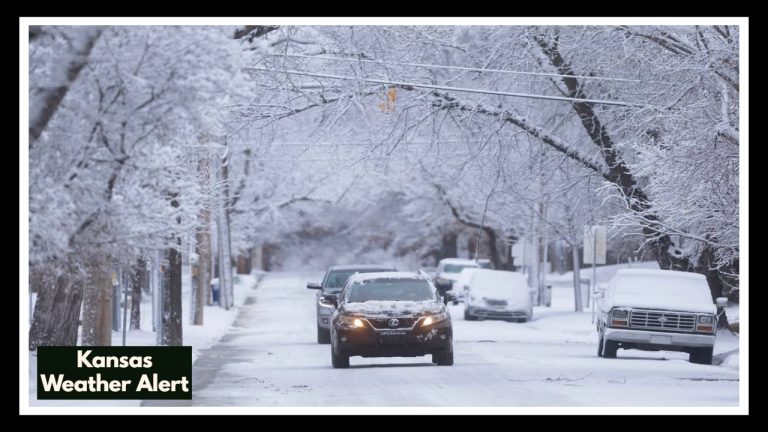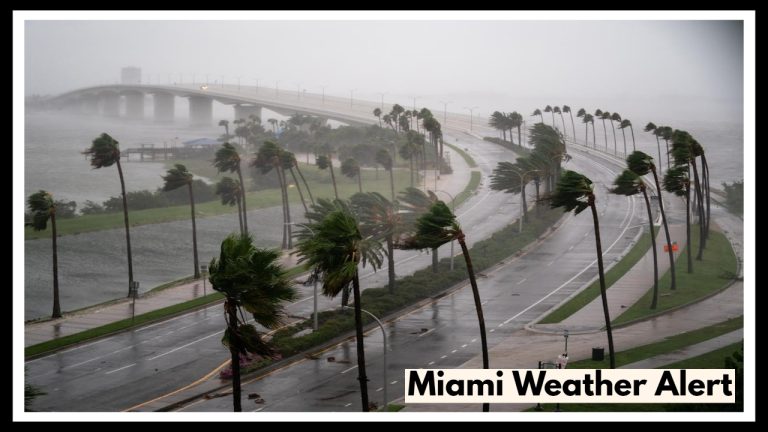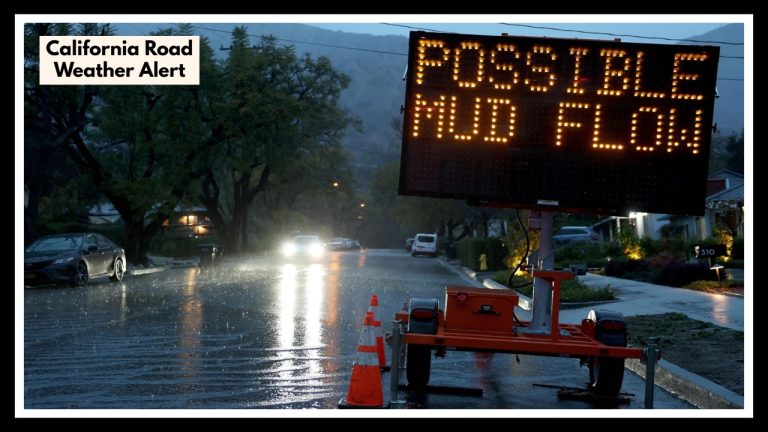Ohio–West Virginia Flood Watch Sparks Emergency Response — Here’s What’s Still to Come
If you live along the Ohio–West Virginia border, this isn’t just another weather alert. You’ve already felt the tension — watching the skies darken, hearing the storms roll in, and seeing roads that once felt familiar now covered in water. The Ohio–West Virginia Flood Watch in effect through Tuesday isn’t just a notice — it’s a clear signal that this situation may get worse before it gets better.
For many residents, this past weekend has been devastating. In parts of northern West Virginia, rain came down so fast that within minutes, quiet streets turned into rivers. Entire blocks were underwater. Cars floated. Emergency crews raced from one crisis to the next, trying to keep up with calls for help. Families were forced to evacuate, sometimes with nothing but the clothes on their backs. And now, with more storms on the horizon, people aren’t just cleaning up — they’re bracing for what might come next.
Ohio–West Virginia Flood Watch: The Situation on the Ground
The Ohio–West Virginia Flood Watch follows a stretch of severe weather that has already claimed lives. At least four people have died, and many more are missing or displaced. Communities in and around Wheeling have been hit hard. Entire neighborhoods are cut off. Roads are washed away. Homes have been flooded. For many families, the past few days have brought heartbreak, fear, and uncertainty.
What makes the next 24–36 hours so critical is that the ground is already saturated. Rivers and creeks are running high. And forecasters say more heavy rain and storms are likely. It won’t take much to trigger another round of dangerous flooding — especially in low-lying or already hard-hit areas of eastern Ohio and the northern panhandle of West Virginia.
But this isn’t about sounding the alarm. It’s about helping each other prepare. Across the region, local officials, rescue crews, neighbors, and volunteers are stepping up — helping clear debris, checking on the elderly, and making sure people know what to do next. It’s a reminder of how strong communities can be when they come together.
Here’s How You Can Stay Safe Right Now
If your area is prone to flooding — or has already seen high water — now is the time to act:
-
Move valuables off basement floors or anywhere water might seep in.
-
Avoid travel unless it’s essential, especially through rural backroads or low bridges.
-
Make sure your phone stays charged, and keep flashlights and a backup power source ready.
-
Turn on weather alerts, and follow updates from your county emergency management or the National Weather Service.
-
Check on neighbors, especially the elderly or those without transportation. A quick call could make all the difference.
Looking Ahead: Recovery Will Take Time
While the forecast shows that storms may ease by midweek, the damage won’t disappear with the rain. Roads will need repair. Homes will need gutting. People will need help. For many families, the hardest part is just beginning — rebuilding and recovering from the physical and emotional toll of this disaster.
The Ohio–West Virginia Flood Watch may expire on paper, but the impact it leaves will echo long after. That’s why staying informed, prepared, and connected is more important than ever.
FAQ About Ohio–West Virginia Flood Watch
1. Are things already bad out there?
In some areas, yes — especially in parts of northern West Virginia and eastern Ohio. Some folks have already had to leave their homes, roads have disappeared under water, and emergency crews are working non-stop. Even if it’s still dry where you are, that could change quickly. It’s one of those times where a calm, early head start goes a long way.
2. What should I be doing right now to stay ahead of this?
Think simple and smart:
-
Get your phone charged.
-
Move things off the basement floor.
-
Check your flashlights or candles.
-
Keep gas in the car — just in case.
And maybe most importantly: check in on neighbors, especially older folks or anyone living alone. A quick knock or call could mean everything.
3. Is it safe to drive right now if the roads look okay?
Honestly, if you can stay put, that’s the safest choice. Floodwater is tricky — you never really know how deep it is until it’s too late. People get caught in just a few inches of fast water. If you see water covering a road, don’t test it. Turn around. Better late than stuck or swept away.

